Expandable Batons: ASP
Expandable batons are composed of a hollow outer shaft and two or three inner telescoping shafts. The tip of the smallest shaft is solid which increases the user’s striking power. The most recognizable name in expandable batons is ASP, which is actually the acronym for Armament Systems and Procedures, Inc., a company that manufactures and sells police equipment. The ASP baton became so popular among law-enforcement officers they began to refer to all batons as ASPs.
To extend the weapon to its full length, the officer simply draws the baton from its holster while making a striking motion. The baton will be in its ready position at the end of the movement.
Expandable batons are available in several lengths, such as 21 and 26 inches.
Telescoping batons collapse to an easily manageable six to ten inches which allows the officer to comfortably wear the baton on his duty belt while seated in a patrol car. This was nearly impossible with the standard non-collapsible night stick.
To return the baton to its collapsed position the officer must tap the end of the handle (butt) on a solid surface, such as a table top or sidewalk (no, not a suspect’s head) to release the locking mechanism. Once the lock is released the baton instantly returns to its carry position.
Expandable baton users can change the end cap on the ASP to improve handling and increase the strike delivery speed. The leverage cap pictured above causes the user’s little finger to act as the fulcrum for the baton which also increases impact potential.
Head strikes are NOT permitted with any baton.
Expandable batons are available in a variety of finishes, such as black chrome for tactical use, polished chrome for high visibility, and…
Expandable batons are also available in 18k gold finish as gifts or awards.
(Thanks to Armament Systems and Procedures, Inc. for the images )


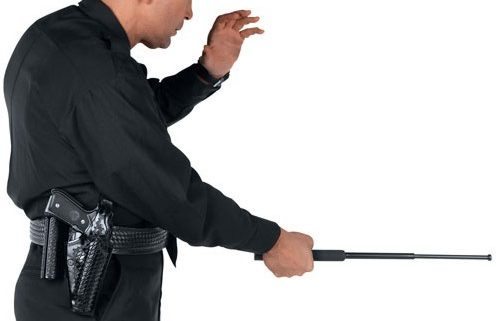

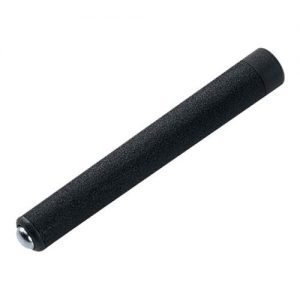
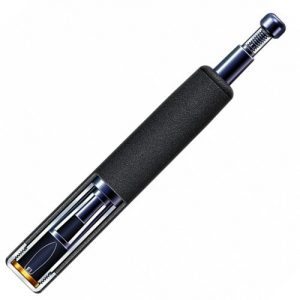

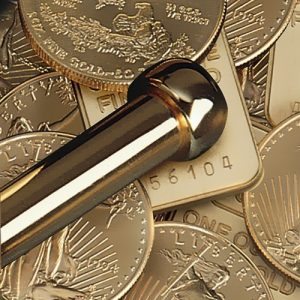
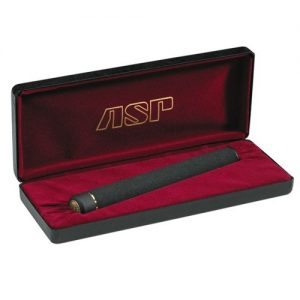



So many toys so little time…
Take it from the practice dummy, yep, they hurt! Even when used gently for demonstration purposes.
Here in Portland we were sad to have no Lee, but fortunately we have Baltimore coming up!
Elena – No, they’re not legal in all states, though law enforcement officers can possess them anywhere in the U.S. I’m not sure about other countries.
Kendra – I kind of thought the gold plated baton was a little humorous, too. Damage? Lots and lots of damage. Especially when used incorrectly. A good example is the recent news video of the NYC officer pounding away at a suspect. That was not proper procedure.
I had to cancel my trip to Portland. My flight was canceled by the airline and I couldn’t get a return flight back on Sunday.
Joyce – We didn’t really do a lot of weapon strikes in Aikido. We did, however, train extensively with boken (wooden swords), jo (wooden staff), and my favorite, tanto (wooden knife).
I was a police academy instructor/instructor trainer for the PR-24 (side handle baton) and the straight baton. I always enjoyed weapons training. It was grueling (lots of bruising), but very rewarding.
Am I the only one snickering at the gold plated baton? Polish chrome sounds snazzy…
Lee, how bad is the damage these can do? Not to the head but other body parts.
Did you make it to Portland?
Joyce – that sounds truly like a nerve-racking experience!
Lee – are ASP’s legal through out the US? I have been told that no one, including law enforcement can use them in some European countries – France comes to mind.
In some of the neighborhoods I lived in as a kid, the kids were a lot more afraid of the night-stick the beat cop carried than of his gun. All he had to do was touch the top of it and give them “The Look” and instantly he was looking at a bunch of angels.
I like the sound the baton makes when you expand it. It would certainly get someone’s attention.
In taekwondo, we used short sticks called bahng mahnges (not sure if that’s spelled right) and were taught to strike the pressure points with them. That was always fun.